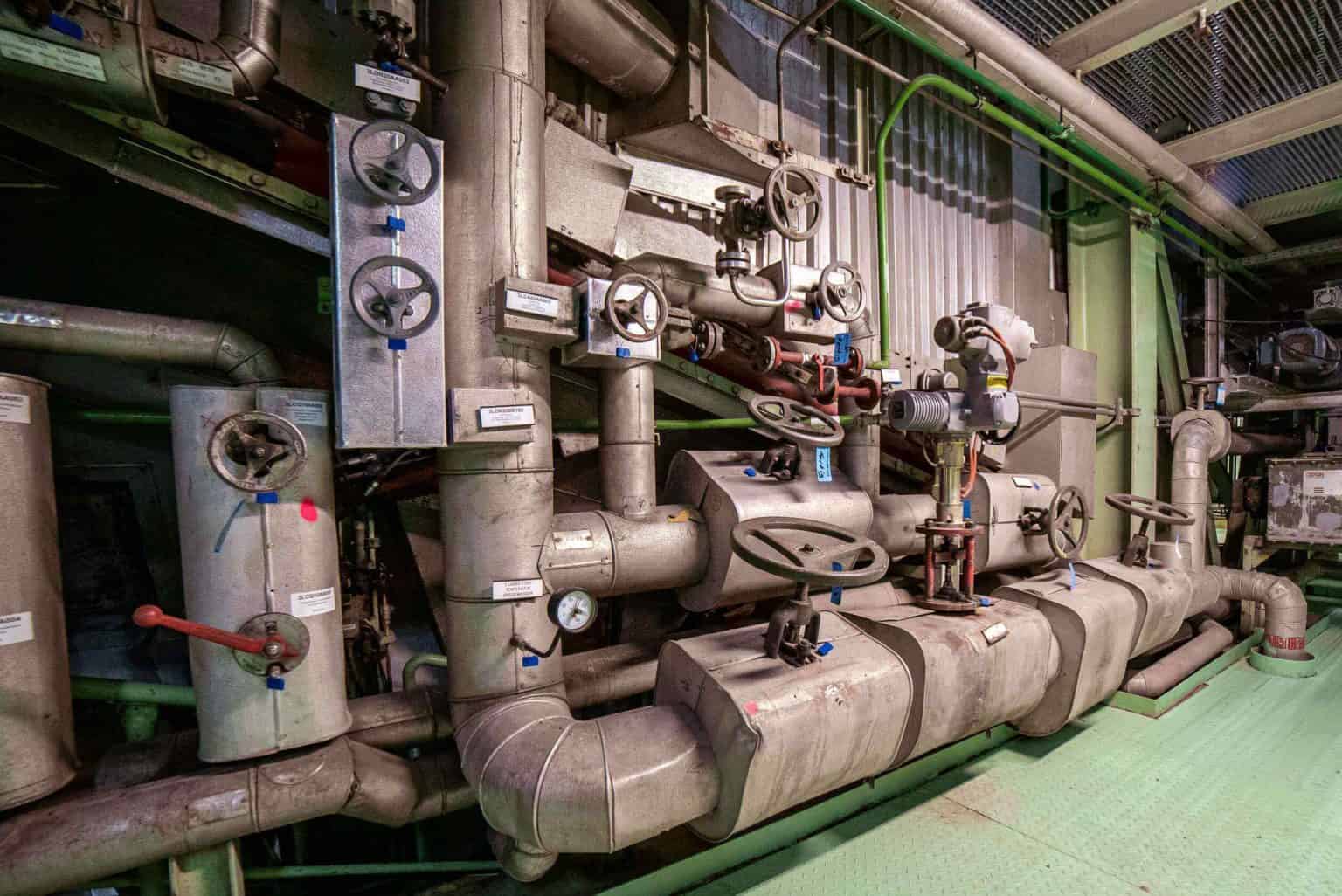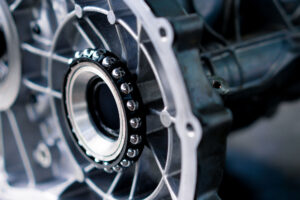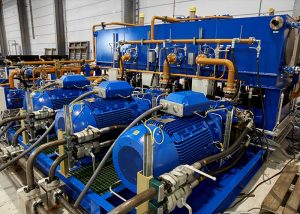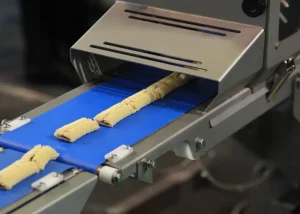As a result, end users may want to consider extending the life of their valves and actuators by investing in maintenance and repair options that keep them running at optimal levels.
The three most important principles you should keep in mind are selection, installation, and maintenance.
Valve selection
For optimal performance, it’s important to choose the right valve for your application. Using the wrong valve can lead to leakage or failure of the valve after installation.
Misaligned, misapplied and valve leaks are a serious concern affecting many industries. A persistent problem is misapplication, due to contractors failing to ask the right questions during the quoting phase. The basic question you always need to ask is, “What is the media? What is the temperature? What is the pressure? Is it direct acting or reverse acting? Application condition? Actuation method?” If a contractor fails to ask this question while in the quoting phase, they could end up with a system that’s not only ineffective but costly as well.
Diligently review valve specifications, and ask specific questions to avoid time and money being misappropriated during the installation and maintenance phase of a project.
Valve Installation
After purchasing the correct type of valve for an application, end users can help to maintain their investment by taking care of the delivered valves until installation. Long-term exposure to external elements can result in corrosion and mold damage to valves, making it necessary to replace them and thus increasing the cost of ownership. During installation, some field technicians remove the protective end-caps and it adds to the problem; When the end-caps are removed, dust and other foreign objects may settle in the valve, potentially causing damage to the plug and seats, resulting in leakage once installed.
Travel stops are commonly mistaken for nuts or bolts that need to be tightened. To keep valves operating at optimal levels, field technicians need a good understanding of their valves’ components. The travel stop is a vital part of ensuring a valve will open or close fully; for example, if the travel stop is worn down or broken, it may cause the valve to not open or close properly because it will limit the valve stem travel. The travel stops are preset prior to delivery to the location. Any slight adjustment can cause potential leakage by off-setting the plug of the valve.
Valve Maintenance
While it’s true that maintenance programs are often the first to experience budget cuts, instituting preventative maintenance is the best way to ensure equipment lasts as long as possible.
There are several steps to keep in mind when maintaining valves. In addition to applying general-purpose lubricant monthly, be sure to stroke the valves and clean them with a brush. This will help extend their useful life.
Conclusion
The best way to avoid problems with valves is to perform good preventative maintenance from the moment you receive them.
Leaking valves are often a problem right after installation. This is caused by the user’s improper use, failure to follow instructions and mishandling of the valve. If they’d follow our advice and tips, you’d see far fewer leaking valves.
Here is a quick precaution checklist:
-
If the valve and its actuation and valve-control accessories do not match the end user’s specification sheet, then there is a good chance that the process will not operate properly.
-
Inspecting the valve package(s) externally and internally to ensure no damage occurred in shipment, and that all grease fittings are present.
-
Make sure that valve process connections are covered so dirt and debris won’t enter the body cavity.





